EPA’s Indoor airPlus Certification
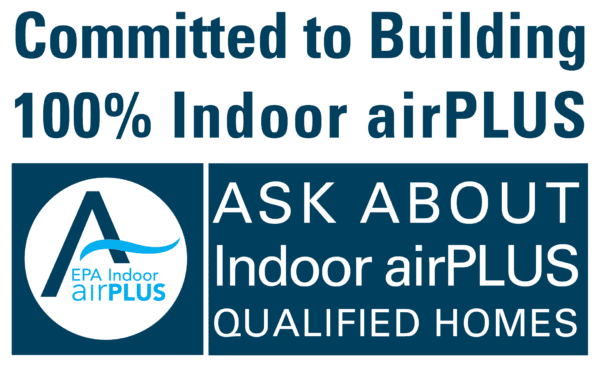
BPC homes are designed and built for, among other things, improved indoor air quality and energy efficiency.
Why does indoor air quality matter?
People are increasingly concerned about mold, radon, carbon monoxide, and toxic chemicals in their homes. Poor indoor air quality can lead to eye irritation, headaches, allergies, respiratory problems such as asthma, and other serious health problems. EPA studies show that levels of many indoor air pollutants can be two to five times higher than outdoor levels. And since most people spend close to 90% of their time indoors, keeping indoor pollution levels as low as possible is the right thing to do for you and your family.
How can building practices help improve indoor air quality?
Builders can use a variety of construction practices and technologies to decrease the risk of poor indoor air quality, including careful selection and installation of building materials; heating, ventilating, and air conditioning (HVAC) systems; combustion venting systems; and moisture control techniques.
It’s not easy for homebuyers to keep track of all the preferred construction details that lead to improved indoor air quality. That’s why EPA created the Indoor airPLUS standard for certification.
What features are included in Indoor airPLUS homes?
Mold and Moisture Control: Excess moisture breeds mold, attracts pests and deteriorates building materials. Mold is a common trigger for allergy and asthma symptoms. Indoor airPLUS homes have additional construction features, including improved roof, wall, and foundation drainage to keep water where it belongs— outside of the home. Moisture-resistant building materials are also required in moisture-sensitive areas of the home and building materials are required to be kept dry during construction.
Efficient Heating, Ventilating, and AirConditioning Systems (HVAC): Poorly designed and installed HVAC systems can lead to comfort and air quality problems. ENERGY STAR certified homes include properly engineered systems and quality installation requirements. Indoor airPLUS homes add enhanced filtration; additional dehumidification capacity in warm, moist climates; and inspection of air handling systems and ductwork to ensure they are clean, free of debris, and provide adequate airflow.
Combustion Venting: Fuel-burning appliances can release dangerous gases, like carbon monoxide. All ENERGY STAR and Indoor airPLUS labeled homes include furnaces, water heaters, and other combustion appliances that are specially vented to prevent back drafting of pollutants into the home. All Indoor airPLUS homes also include carbon monoxide alarms in each sleeping area.
Building Materials: Many building materials release chemicals (often called volatile organic compounds, or VOCs) into the indoor air, sometimes long after the home is constructed. These chemicals can produce strong odors, and cause eye, nose, and throat irritation, as well as other effects in sensitive people. Indoor airPLUS homes use no-VOC or low-VOC paints, carpets, and low-formaldehyde manufactured wood products.
Pest Management: Pests, like rodents and cockroaches, can trigger allergy and asthma symptoms, as well as cause structural damage. Indoor airPLUS homes seal or screen pest entry points, reducing the need for pesticide use.
Radon Resistance: Radon is the second leading cause of lung cancer. In high-radon zones, Indoor airPLUS homes are built using radon-resistant construction techniques.
Homeowner Education: After purchasing a home with the Indoor airPLUS label, owners receive a checklist of verified indoor air quality features and instructions for operating and maintaining equipment to continue minimizing risks of indoor air quality problems.

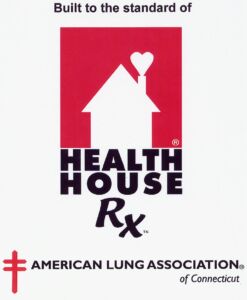
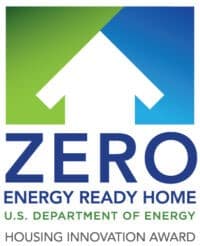
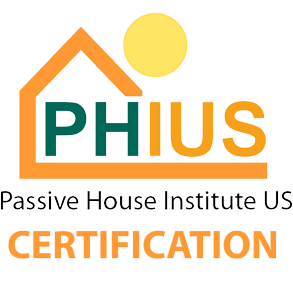
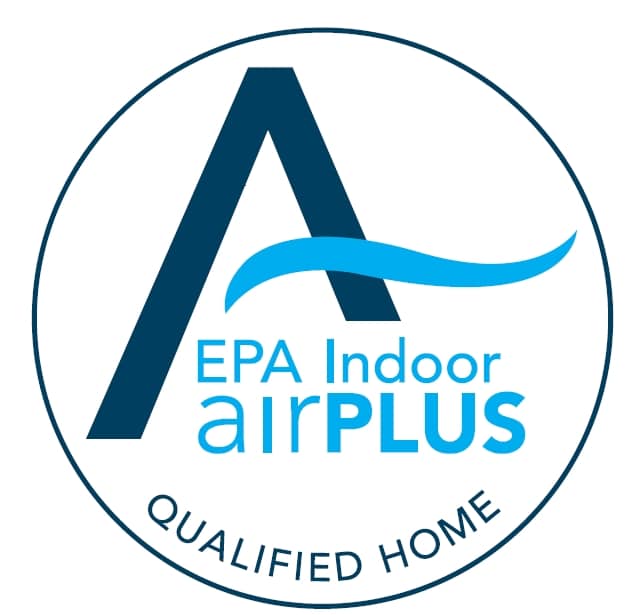


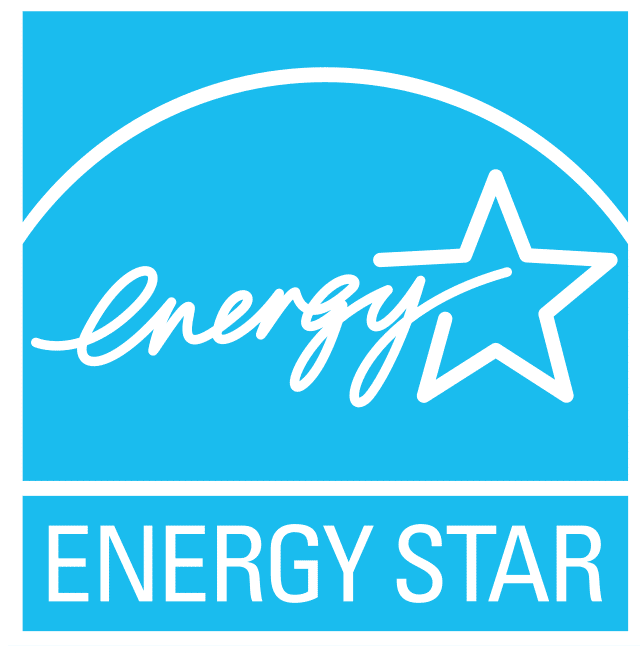
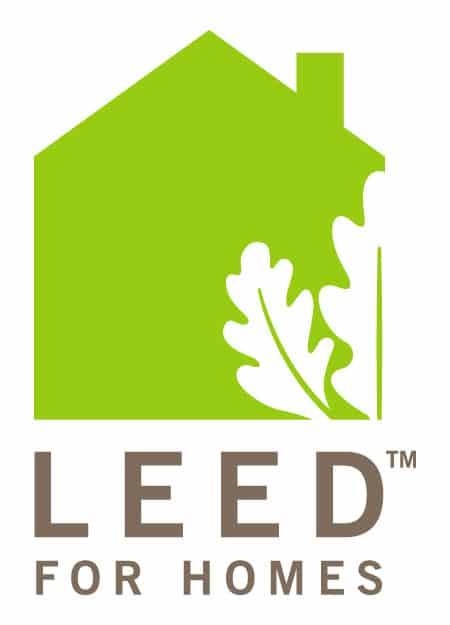





Get Social